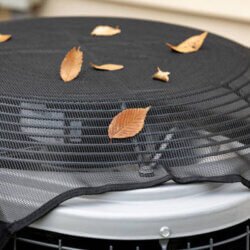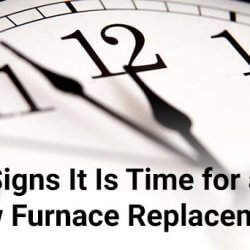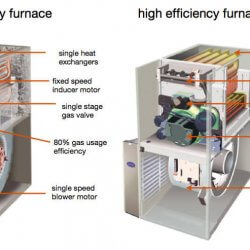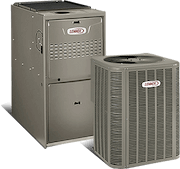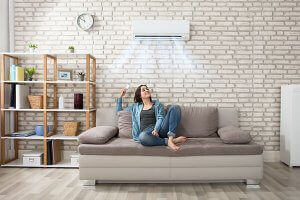
It can be tough to nail down exactly why you are having HVAC airflow problems, as many different things can affect airflow. There are, however, a few things to look out for, which might be responsible for low or uneven airflow in your HVAC system and home. It is important to investigate HVAC airflow issues not only because they can affect your comfort in the home, but also because airflow issues can be indicative of bigger problems, or can even damage your heating & air conditioning system over time. This is part of why it is so important to have regular maintenance checks where your airflow is tested as well.
Why HVAC Airflow Matters
Many different air conditioner problems can cause a noticeable change in your HVAC airflow. On the one hand, this makes HVAC airflow a good way to measure whether there is a problem with your HVAC system or not. Low and uneven airflow is a good way to pick up on many bigger problem before it becomes truly catastrophic. On the other hand, though, since so many things can cause HVAC airflow issues, the true cause can be hard to diagnose.
On the better end, if your HVAC airflow seems to be uneven, or the issues are localized to a particular place, this can help indicate what is going wrong. One very common problem is gaps and leaks in your ducts. So, if particular rooms are experiencing low airflow, the ducts that service them are a good place to start. Regardless, it is important to get any issues with HVAC airflow checked out quickly because bad airflow can cause damage to the air conditioner, leading to frozen coils, worn out parts, and other issues. Most HVAC airflow problems are easy to fix, which is a lot better than replacing parts or dealing with a breakdown.
Preventing Airflow Issues
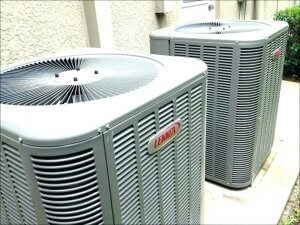
There are also a few ways you can prevent HVAC airflow problems from appearing in the first place. Knowing some of the common causes of airflow issues can help. Dirty filters, as well as dirty ducts, can cause air blockages and slower flows. To prevent this issue, a simple HVAC cleaning on a regular basis should do the trick.
It is also possible that your return vents are blocked (often by furniture), or that there were not enough installed for your HVAC system to operate correctly. In this case, more return vents will need to be added to allow for proper HVAC function. While this might seem like a big cost, the savings over time in terms of both energy use and repair costs are well worth it. Similarly, if it turns out your airflow problems were related to worn out, dirty, or improperly installed parts, having those replaced will keep your system working well for years to come. This is the upside of issues with airflow. They can help indicate bigger issues that, if they went unnoticed, could cause a lot of trouble down the road.
Contact Us for Solutions for to your HVAC Airflow Issues
If you would like more information about HVAC airflow and potential issues that can be related to it, connect with Galmiche & Sons. We have been offering St. Louis and the greater area solid heating & air conditioning advice and services since 1950, and look forward to helping your family be more comfortable at home today!



